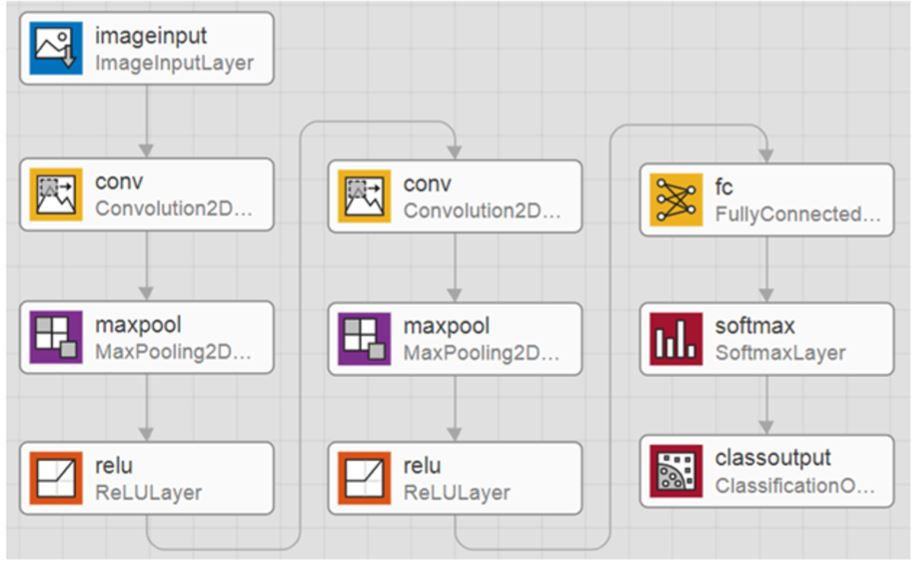Optical Odia Character Classification using CNN and Transfer Learning: A Deep Learning Approach
- Kalyan K Mohanty
- Aug 3, 2020
- 3 min read
Handwritten identification of characters belongs to the field of artificial intelligence, computer vision, and pattern recognition. It is said that a computer that performs handwriting recognition will understand and recognize the characters in documents, images, mobile devices, and many other sources and can convert it into an encoded form that can be processed in machines encoded languages. The widespread acceptance of digital computers, as the keyboard becomes the most common method of text generation, seems to threaten the future of handwriting. Yet the simplicity of pen and paper is the cause why the handwriting is still standing in the generation of digital technology and is still present as a more realistic way of entering the data into the computer so that technology can decrypt the handwritten text.
India has multiple languages in different regions and very rich literary scripts. Nearly all of the Indian scripts originated from the Ancient Brahmi through different transformations. A script may be shared in multiple languages, and multiple scripts may contain one language. The script systems for alphabets include simple characters, composite characters, and complex characters. The combination of one or more consonant and vowels results in both vowel and consonant set shape changes with complex characters. However, Indian scripts contain a great many character shapes.
To classify the Odia character it has gone through various stages like pre-processing, segmentation, and reshaping. Finally fed into the classifier as input. Here we have taken ResNet50, VGG net, and traditional CNN.

Figure 1: Proposed Methodology
In pre-processing, one of the channels from RGB is extracted and then the threshold is applied for binarization by removing the background because the background does not contain any information.The obtained binarized image now undergoes through morphological operations to remove small noise and largely connected area. The ROI is detected and reshaped to 50 x 50 dimensions for further analysis.

Figure 2: Segmentation to detect the ROI of a binary image
Convolutional Neural Network
The Convolutional Neural Network (CNN) is a traditional algorithm used by extracting features from images to solve computer vision problems. CNN has initially used for object detection but with time the improvements made it to grow in other fields such as pattern recognition, text detection, and recognition, object tracking, etc. CNN shows better compared to other algorithms in the area of image processing and also the pre-processing part in CNN is very less. we have used the same architecture as CNN which was used to classify the Malayalam language.

Figure 3: CNN architecture of the proposed method
ResNet 50 and VGG16
The key concept of ResNet is to skip the connection between convolutional layers which is called the Residua Building Blocks (RBB). That helps to overcome the problem of exploding/ vanishing gradients. Residual building blocks are consist of many batch normalizations (BN), Conv layers, the rectified linear unit as activation, and finally 1 shortcut.
Simonyan and Zisserman proposed the VGG network in 2014. VGG16 architecture contains five Conv layers with 3 fully connected layers (FC) at the last pooling layer of the VGG16 network. 3 x 3 kernels are used for the Conv layer of stride and padding of 1.
Conclusion:
Optical character recognition for Odia handwritten characters is one of the active research fields which still needs improvement inaccuracies. This work focuses on using convolutional neural networks (CNN) as well as transfer learning model ResNeand VGG16 to classify Odia characters, which are handwritten. The accuracy obtained promised to be around 96 percent an effective technique for character classification using transfer learning and 70% using CNN.
Read the full paper : https://www.irjet.net/archives/V7/i7/IRJET-V7I7682.pdf

.png)




Comments